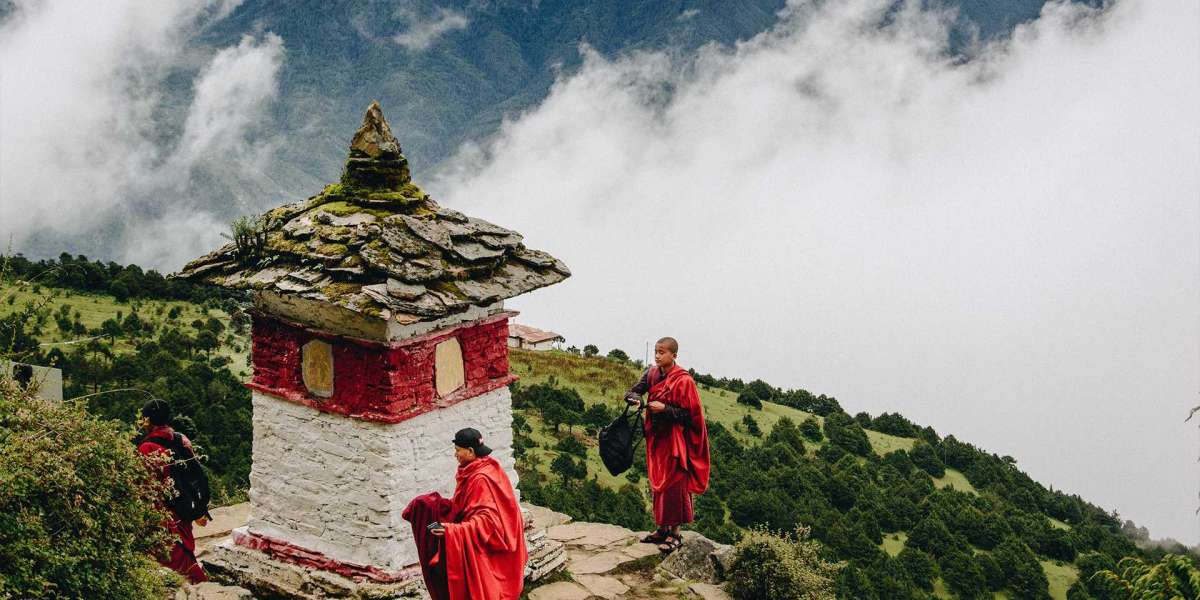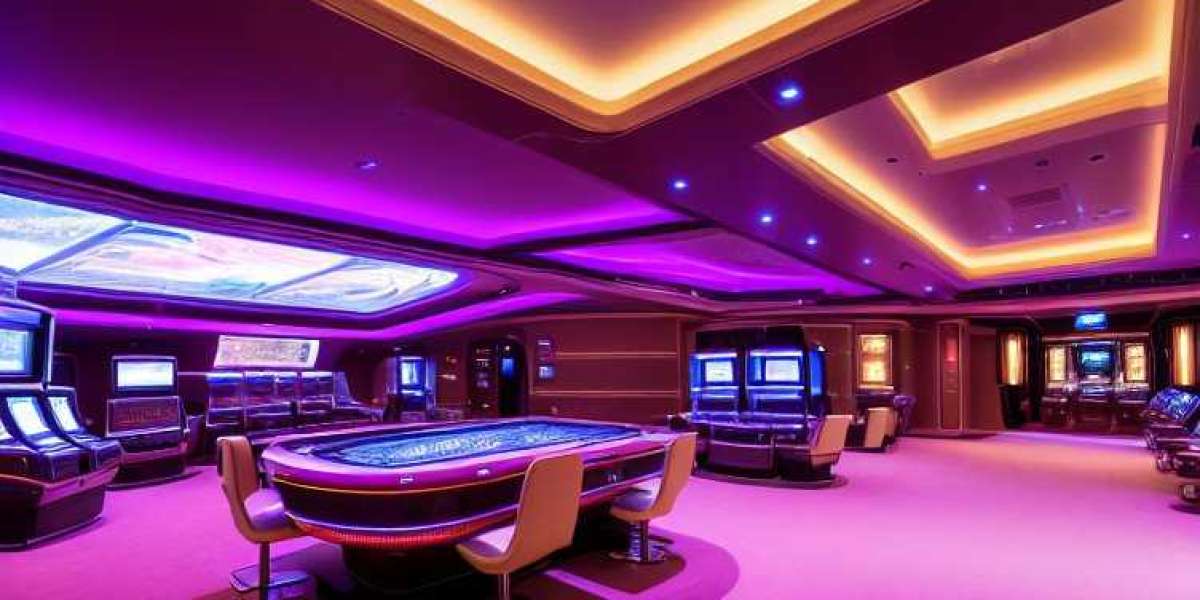Bhutan, the Land of the Thunder Dragon, is not just about scenic mountains and peaceful monasteries. It is also a land filled with colorful traditions, spiritual rituals, and joyful celebrations. If you want to witness the best festivals in Bhutan, then plan your visit around the cultural events that bring life to this Himalayan kingdom.
These festivals are more than just entertainment. They are deep expressions of Bhutanese religion, mythology, and community spirit. You’ll see masked dances, hear traditional music, and experience the heart of Bhutanese life.
Let’s explore why attending a festival in Bhutan is a must for every traveler!
1. What Makes Bhutan’s Festivals So Unique?
Bhutan’s festivals, locally called Tshechus, are held in dzongs (fortresses) and monasteries across the country. These festivals are usually celebrated in honor of Guru Rinpoche, the saint who introduced Buddhism to Bhutan in the 8th century.
Each festival includes:
Colorful masked dances (Cham dances)
Spiritual blessings and prayers
Locally made food and drinks
Family gatherings in traditional attire
Tourists are always welcome, and these festivals offer a perfect chance to see Bhutan’s culture up close.
2. Must-Experience Bhutanese Festivals
Here are some of the top festivals in Bhutan that should be on your travel calendar:
Paro Tshechu – The Most Famous Festival
Held every spring, Paro Tshechu is one of the most popular events in Bhutan. It lasts for five days and features religious dances performed by monks in elaborate costumes. On the last day, a giant religious painting (Thangka) is unveiled before sunrise — a rare and sacred sight.
Fun Fact: Over 10,000 people attend this festival every year!
Thimphu Tshechu – The Capital’s Celebration
Taking place in Bhutan’s capital, this festival is grand, vibrant, and full of cultural performances. It’s usually held in the autumn and is attended by the royal family, locals, and tourists.
Expect to see:
Masked dance dramas
Folk songs and dances
Locals in their best traditional outfits
Jambay Lhakhang Drup – The Fire Festival
Held in Bumthang in October or November, this is one of the oldest and most mysterious festivals in Bhutan. It includes fire rituals, naked dance performances (for spiritual cleansing), and elaborate ceremonies.
This festival is especially interesting for those who want to explore ancient Bhutanese beliefs.
3. When and Where to Attend These Festivals?
Here’s a quick festival calendar to help you plan:
| Festival Name | Month Held | Location |
|---|---|---|
| Paro Tshechu | March/April | Paro |
| Thimphu Tshechu | September | Thimphu |
| Jambay Lhakhang Drup | October/November | Bumthang |
| Punakha Drubchen | February | Punakha |
| Haa Summer Festival | July | Haa Valley |
Remember to check the official Bhutan tourism website for exact dates, as they follow the lunar calendar.
4. Tips for Experiencing Bhutan’s Festivals Like a Local
Dress modestly: It’s respectful to wear long sleeves and traditional attire if possible.
Arrive early: The best performances happen early in the day.
Take photos respectfully: Flash photography may not be allowed in religious places.
Interact with locals: People are warm and love sharing stories.
5. Why You Shouldn’t Miss These Festivals
Attending a festival in Bhutan gives you more than just beautiful photos. It offers:
A deeper connection with Bhutanese spirituality and tradition
A chance to taste traditional Bhutanese dishes like Ema Datshi (chili and cheese)
The joy of sharing in community celebrations
These are not staged for tourists — they are real events, celebrated with love and devotion.
FAQs About Bhutanese Festivals
Q1. Do I need special permission to attend a festival in Bhutan?
No special pass is needed, but you must book your Bhutan trip through a registered tour operator, as per Bhutan’s tourism policy.
Q2. What is the best time to visit Bhutan for festivals?
Spring (March to May) and Autumn (September to November) are the peak seasons, with many major festivals happening during these times.
Q3. Are Bhutanese festivals religious?
Yes, most are rooted in Tibetan Buddhism and are meant to teach moral lessons and spiritual values.
Q4. Can I wear casual clothes to a festival?
While casual clothes are allowed, wearing traditional Bhutanese attire (Gho for men and Kira for women) is encouraged, especially in dzongs and monasteries.
Final Thoughts
Bhutan is a country where tradition is still alive. Its festivals are the perfect example of how faith, joy, and culture come together. Whether it’s the thunderous drums of Paro Tshechu or the fire rituals of Bumthang, each celebration gives you a memory of a lifetime.
So, when you plan your next Bhutan trip, don’t just visit temples or hike mountains — be part of a festival in Bhutan and feel its living soul.



